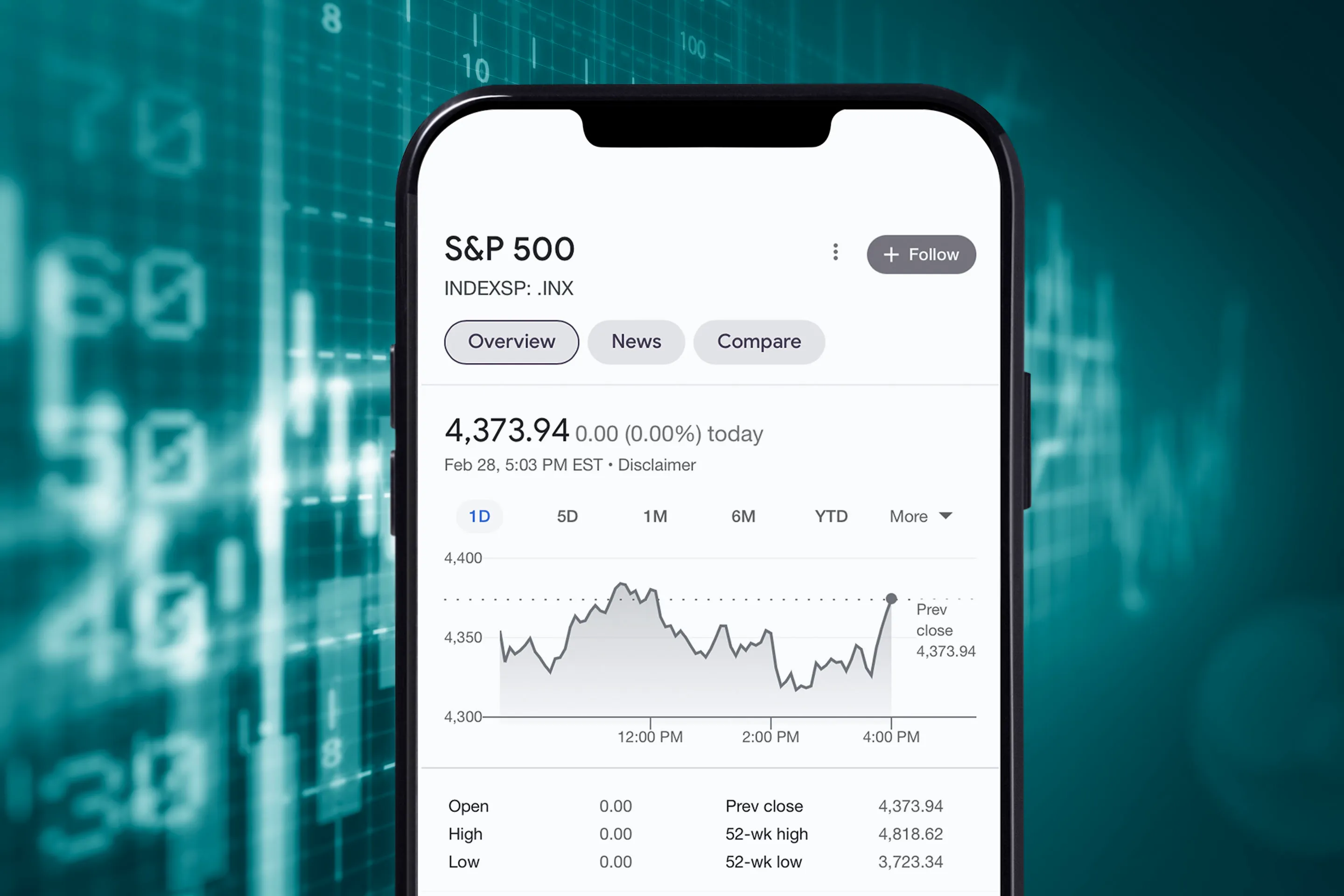The S&P 500 index tracks the biggest organizations in the US. Its stocks are organized by the S&P Index Panel, which chooses organizations in light of various elements, including market capitalization, area allotment, and liquidity.

Yet, imagine a scenario where you’re hoping to put resources into S&P 500 stocks and don’t have the personality to filter through and break down 500 organizations. You might need to consider a S&P 500 index asset or trade exchanged reserve (ETF) to assist you with acquiring openness to that large number of stocks.
Vanguard acquainted individual financial backers with the U.S’s. first common asset in 1976. Mirroring the S&P 500 Index was planned. The primary ETF was presented by an auxiliary of AMEX 17 years after the fact, permitting financial backers to start following the index.
Essentially all significant businesses and asset organizations presently offer a S&P 500 asset of some sort or another. Financial backers might get to these assets through monetary counsels, full-administration merchants, or rebate specialists. In the event that you want some direction, we separate a portion of the rudiments of S&P 500 index effective money management through ETFs and shared reserves.
What Is the S&P 500 Index?
The S&P 500 Index was sent off in 1957 as the principal U.S. market-cap-weighted value index and is broadly viewed as the best single check of huge cap U.S. values. As the most powerful value index on the planet, the index has trillions of dollars indexed or benchmarked to it.
The index is generally comprised of 500 of the main U.S. organizations, albeit that number might vary. The S&P 500 addresses around 80% of accessible U.S. market capitalization. The middle market cap of the stocks held in the index is $29.9 billion, with the most noteworthy being $2.61 trillion.
An expected $15.6 trillion is indexed or benchmarked to the S&P 500, with indexed resources including about $7.1 trillion of this complete as of Dec. 31, 2021.
S&P 500 stocks mirror the U.S. economy’s development drivers to a huge degree. For instance, the main 10 constituents of the S&P 500 by index weight as of Walk 31, 2023, are as per the following:
Apple (AAPL)
Microsoft (MSFT)
Amazon (AMZN)
NVIDIA (NVDA)
Letters in order Class A (GOOGL)
Tesla (TSLA)
Berkshire Hathaway Class B (BRK.B)
Letters in order Class B (GOOG)
Meta Class A (META)
Exxon Mobil (XOM)8
The organizations in the index are generally gathered in the accompanying three areas as of Walk 31, 2023:
Data innovation, the biggest area by weight in the S&P 500 index, at 26.1%
Medical services, the second-biggest by weight, at 14.2%
Financials, the third-biggest at 12.9%
Together, these three areas represent over half of the S&P 500, mirroring the strength of innovation in the U.S. economy. Other enormous areas in the S&P 500 are customer optional (10.1%) and industrials (8.7%).
The best five areas together comprise practically 75% of the S&P 500. The other six areas — correspondence administrations, buyer staples, energy, utilities, materials, and land — joined make up the leftover.
Purchasing a S&P 500 Asset or ETF
Assuming you believe a reasonable way should put resources into S&P 500 ETFs, you can acquire openness through markdown intermediaries. These monetary experts offer sans commission exchanging on all inactive ETF items. In any case, remember that a few dealers might force least venture prerequisites.
S&P 500 index reserves likewise exchange through specialists and rebate facilitates and may likewise be gotten to straightforwardly from the asset organizations. You might need to deal with your portfolio through a counsel or a merchant, or you might like to deal with an arrangement of assets that are undeniably housed inside a particular shared store supplier.
On the off chance that you have the choice, you may likewise get to ETFs and shared assets through boss 401(k) programs, individual retirement accounts (IRA), or roboadvisor stages.
The most effective method to Contribute
Picking the right assets is a portion of the fight. Knowing how to put resources into them is the following stage. Make a note of the name and ticker image of the relative multitude of assets that you’re keen on as you’ll require this data when you start buying shares.
Then decide how much capital accessible to utilize. This can assist you with sorting out how much cash you can bear to pay your financier firm with regards to expenses and commissions. On the off chance that you don’t have a record, search for one that meets your rules. In the event that you have very little capital, search for a firm that offers low-expense exchanging choices.
When your record is set up, you can start putting resources into your assets.
The Primary concern
Putting resources into a S&P 500 index reserve is an incredible method for broadening your portfolio. Whether you pick an ETF or a common asset relies heavily on the amount you can manage and what your objectives are for what’s in store. Notwithstanding which choice you pick (or on the other hand assuming you pick both), you’re probably going to see a few steady returns. Ensure you have the right money market fund for your necessities so you’ll save money on charges and commissions.











